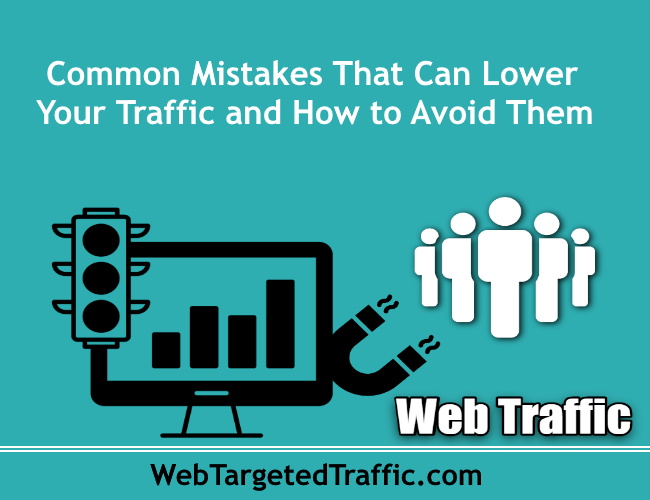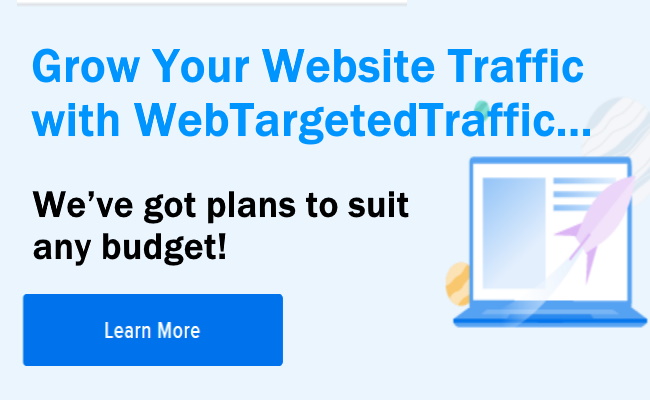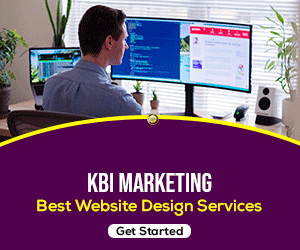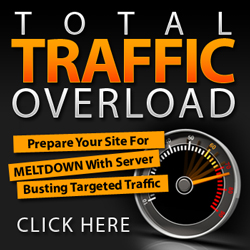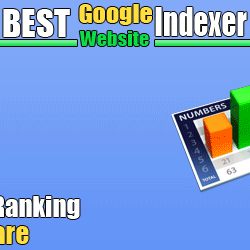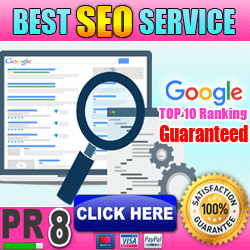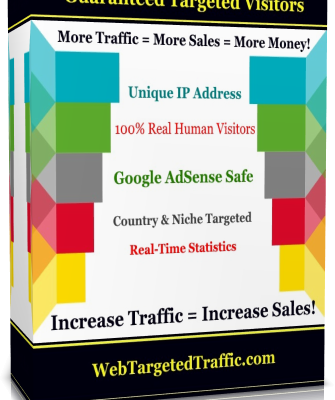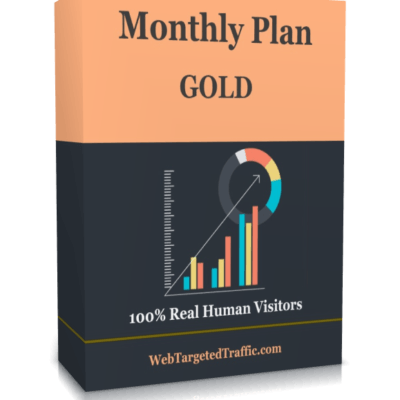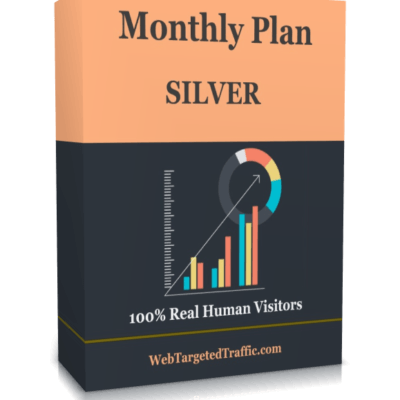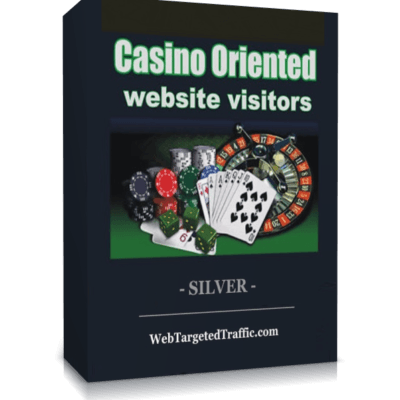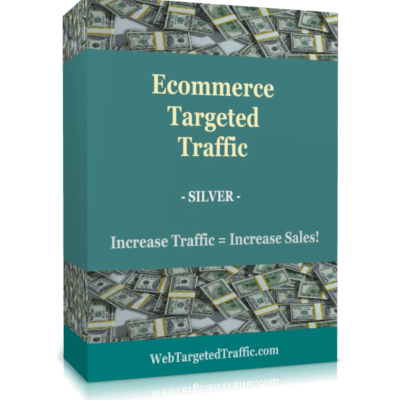Some of the common mistakes that can lower your traffic and you want to avoid.
Table of Contents
Website Mistakes To Avoid That Lower Your Traffic
You can easily develop and create a beautiful website. But without proper search engine optimization or website optimization, no one will be able to see it!
Word of mouth and purposely telling people about your website may stimulate a couple of visitors a month, but SEO is key for true success and high-volume traffic.
So, let’s look at a few common website mistakes that even you maybe guilty of.
1. Your Pages are Tagged NoIndex
The purpose of a noindex tag is to explicitly tell search engines not to list your webpages on the search results. Unlike many of the things on this checklist which might hinder your rankings, applying a noindex tag will prevent a page from ranking at all.
2. Content That Doesn’t Speak to Your Audience
Another common error is boring content. Your content must speak in a meaningful way to your audience. If you have relied on industry jargon and lists of features to describe your products and services, it’s time to understand that things have changed
Some of the common mistakes made when trying to increase web traffic include:
- Over-extensive descriptions
- Bland About sections
- Outdated Contact information
- Dry Product descriptions
- Outdated Services sections
- Keyword-heavy text
These will bore your audience, not engage them.
Creating quality content is about keyword strategy combined with a keen understanding of your target audience. This is used to create content for the website that your customers (and new customers) truly want to read.
You can use tools like Google’s Keyword Planner to get ideas about which topics to write about. Take a look at the Avg. Monthly Searches column in the chart below. You can also see a Competition column which gives you some idea for that (although vague). A better way to see the competition, is to search for the phrase in Google and visit the websites that are listed at the top.
For every page and every piece of content, you should start by asking what people would search for to find you. Keywords help define – and fulfill – search intent. Google Keyword Finder or Moz Keyword Explorer are free tools that can help you find the right keywords for your content. Another free tool, ahrefs Keyword Rank Checker, can evaluate your domain to see where you rank in competition with your competitors.
Content marketing is a long game, but it will be well worth it down the road when your webpages are bringing in a steady stream of earned traffic. So there’s no illusions either, know that it can take months for a page to realize it’s true potential, somewhere in the neighborhood of six months from the time it’s first indexed.
3. Mobile-Friendly and Responsive Website Issues
Finally, this may just be one of the most important aspects of modern web design. When it comes to increasing web traffic for your business, you need a mobile-friendly and responsive website.
With the massive penetration of mobile devices such as tablets and smartphones, computer engagement has lost the digital media battle to mobile by 65% (Source).
Essentially, people utilize their phones and tablets more than anything else. Therefore, if your website is not mobile-friendly, it can severely hurt your chances of increasing web traffic.
Furthermore, search engines have developed algorithms that specifically look for mobile-friendly websites. As a result, those that aren’t will not perform or generate traffic as planned.
4. Not Creating Engaging Title Tags and Meta Descriptions
Title tags and headings are the most accessible places to put your SEO strategy to work, but many small business owners ignore them.
When ranking results, search engines place more importance on the keywords found in your titles and headings than those in your paragraphs and product descriptions.
Make your title and headings unique, short, and not overstuffed with keywords. It’s wise to Include your brand name in these tags too.
Of all the SEO mistakes you can make, this is one of the easiest to avoid. Put some thought into your site’s title tags and headings, and you’ll have one major part of your SEO task taken care of.
5. Ignoring site loading speed
- Why is it important? Slow site load time leads to lower rankings and conversion rates.
- Related mistakes/examples: not optimizing image size, not checking Core Web Vitals, having render blocking JavaScript or unused JavaScript and CSS.
- How to avoid it: use GSC Page Experience report and Google PageSpeed Insights, choose the right image file type, resize and compress images, clean up code, implement lazy loading, fix broken links and redirect chains.
If the shopping, browsing or reading experience is seamless, people do it longer and enthusiastically.
Plus, Google favors faster sites. After the Google Page Experience Update rolled out mid-June of 2021, Google started putting more emphasis on three page loading experience metrics known as Core Web Vitals. The update shook up SERPs massively, showing that site speed should be at the forefront of any website owner’s SEO effort.
Yet for some reason, website speed is often an afterthought for website owners. Don’t make this SEO mistake. Practice website speed optimization by working on your visuals, removing redirect chains and cleaning up code.
Tip: Understand how good your website speed is in the eyes of Google. Google PageSpeed Insights helps you identify areas of improvement, such as image size optimization and removal of unused JavaScript or CSS.
6. Not optimizing images
- Why is it important? Not optimized images slow down your website, hinder user experience and cause poor search engine rankings, you lose opportunities to rank in image search.
- Related mistakes/examples: ignoring visibility slow load times, ignoring Google PageSpeed Insights warnings.
- How to avoid it: do regular site audits for broken images or images that are too big, write unique image titles and alt texts, set up automated optimization, choose appropriate file formats, implement lazy loading.
This is a big one, especially if you have an image-heavy site, such as an online store. Images that are too heavy for the web affect site loading and performance, and like we discussed before, a slow-loading page means you risk losing rankings and your potential client’s attention.
This is often overlooked by site owners, especially because it can be frustrating to resize and compress each image manually.
7. Not registering with Google Search Console and Bing Webmaster Tools
- Why is it important? You will miss out on warnings and prioritization opportunities.
- Related mistakes/examples: not using analytics tools.
- How to avoid it: set up accounts and watch tutorials on how to use information you find in an actionable way.
Registering your site with Google Search Console and Bing Webmaster Tools is a great idea because essentially you’re telling search engines about the existence of your new website and ensuring it gets crawled.
These tools can also guide a lot of your SEO effort. They provide Page Experience reports, indexing errors and warning, and if you act on it, you can quickly fix site health issues that could be dragging your entire website down.
8. Not using analytics tools
- Why is it important? Not having analytics tools prevents you from correctly prioritizing your effort and measuring results.
- Related mistakes/examples: not prioritizing your SEO efforts correctly.
- How to avoid it: set up Google Analytics and SEO analytics tools.
If you’re not basing your SEO and marketing effort on data, you’re not doing it right. While general audience understanding and creativity is essential to good SEO strategy, you have to know what’s happening with your website at the moment if you hope to make informed decisions.
These are some of the top marketing and SEO analytics tools every website would benefit from:
- Google Analytics – endless possibilities for gathering and analysis for aggregated customer data. Does have a bit of a learning curve though.
- Hotjar – heatmaps, recordings and other features allow you to get a good idea of how your audience interacts with your page.
- Ahrefs – gives you a good understanding of your SEO performance for individual pages and website as a whole.
- Heap Analytics – a young but superb tool for tracking individual user activity.
9. Bad User Experience Leads to High Bounce Rates
First, a bad user experience means the website visitor spends little time on your website. Common issues that will deter people from spending time on your website include:
- Slow loading speeds (they will not wait for the site to load and instead go to the next company on their list, your competitor).
- No calls to action.
- Not mobile-friendly (in some industries, the volume of search traffic is coming from mobile devices).
- Contact info is difficult to find.
- Unattractive visuals and poor product shots.
- Broken links or content that appears broken or outdated.
- Confusing navigation and poorly organized content
- An outdated website. (Styles change rapidly, so your website needs to be refreshed every couple of years if you want to be perceived as a growing company).
The amount of time spent on your website is tracked by search engines such as Google, Yahoo!, or Bing. They use this data to determine the rank and quality of your website.
A low rank will deter the search engines from sending traffic to your site, and instead, direct it to a higher-ranking website. By working to provide a high-quality experience for your website visitors, you will naturally increase website traffic-free.
Ready to Drive Targeted Traffic to Your Website?
Now that you have these tactics in your toolbox, you should be able to put together a simple strategy for getting more people to your site. Remember, though, that this isn’t a one-off exercise, nor do you have to try everything at once or use only one tactic at a time.
Try something. See if it works. If it fails, stick at it a little longer but bring something else into your roster. Most importantly, make sure the technical aspects of your site are running smoothly — if you need targeted audience, for example, we’ve got plans to suit any budget!

